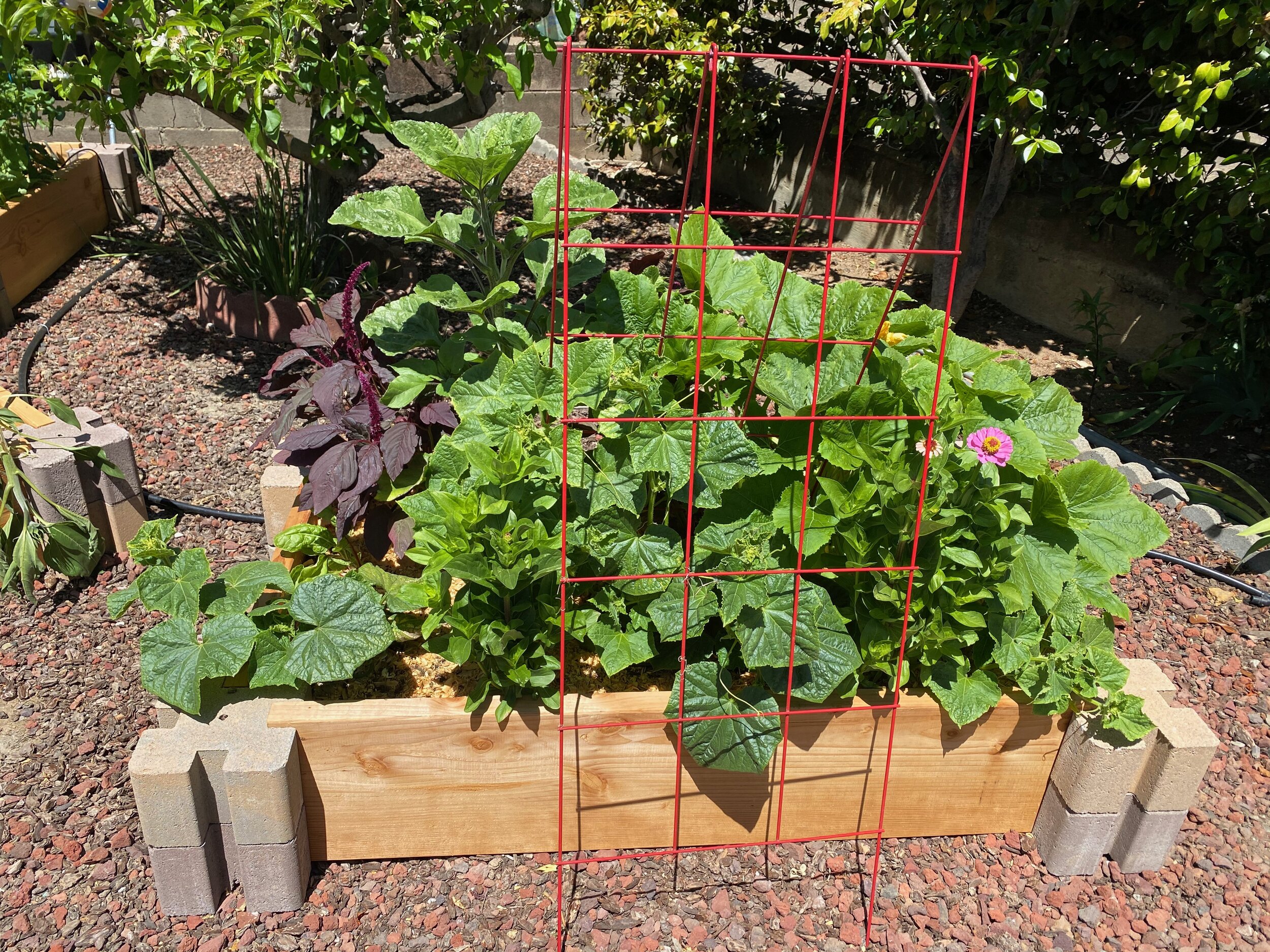In the Community
The arts have always been important part of any community. Today, we’d like to spotlight two artists in our community that are doing amazing things.
Carolyn North
A remarkable person, Carolyn has given birth to three children, been a midwife in India, sung in a Gospel choir, started a farm, taught her technique of dance healing as a dance therapist for many years, started a hunger organization, Daily Bread, built a strawbale house, written 11 books on matter and spirit and, stayed married to the same man for 58 years until his death in 2015, started the CommonSpace Community Land Trust in Sonoma County, and became a member of the Wild and Radish Community of Northern California (of which our partner org Planting Justice’s Gavin Raders and Haleh Zandi are members) where she is helping design a program for elders aging and dying in community.
As if that weren’t enough, Carolyn “recently donated her Berkeley home valued at approximately $1.3 million — residential property she and her husband purchased in 1966 for $28,500 — to the East Bay Permanent Real Estate Cooperative. The Oakland-based organization permanently removes residential properties from the mass market through cooperatives and land trusts and creates affordable housing opportunities for Black, Indigenous, and other underserved minority groups. North’s former family home now offers affordable housing, primarily for artists who are people of color.”
Carolyn says:
”I feel I am here to help make the transition from a materialistic culture to a culture that recognizes that we are all connected with each other, with the earth and with the cosmos.
You can read my bi-monthly articles on Musings On The Passing Scene and can follow links to information about my books at About Carolyn’s Books. The latest books are From the Notebooks of Carolyn North: Musings on the Passing Scene (Vol. 1) and its sequel The Living Edge of Dying: Musings in an Era of Breakdown (Vol. 2). They both address the realities of our time with deep seriousness, humor, personal stories and suggestions of how to keep on keeping on.”
Read Carolyn’s interview in SF Classical Voice: Carolyn North
Steve Zwetsch
Making musical instruments out of unexpected items is Steve Zwetsch’s particular genius. Five years ago, Zwetsch came across a YouTube video of a guitar made from cigar boxes and wondered if he could craft something similar.
Being a self-taught handyman, Zwetsch gave it a shot and created the instrument in his basement. Before the pandemic, he would make five cigar box guitars a year but after his bakery business was impacted by COVID-19, he created 14 guitars in six months.
“It’s fun to make these things and I’m making them more for the art value than anything else. Then, the fact that it created more art with the music that you can play with it, is just phenomenal.”
Read his profile by ABC News here: The Art of Imperfection

















